Multiple Myeloma: Symptoms, Causes, Diagnosis and Treatment
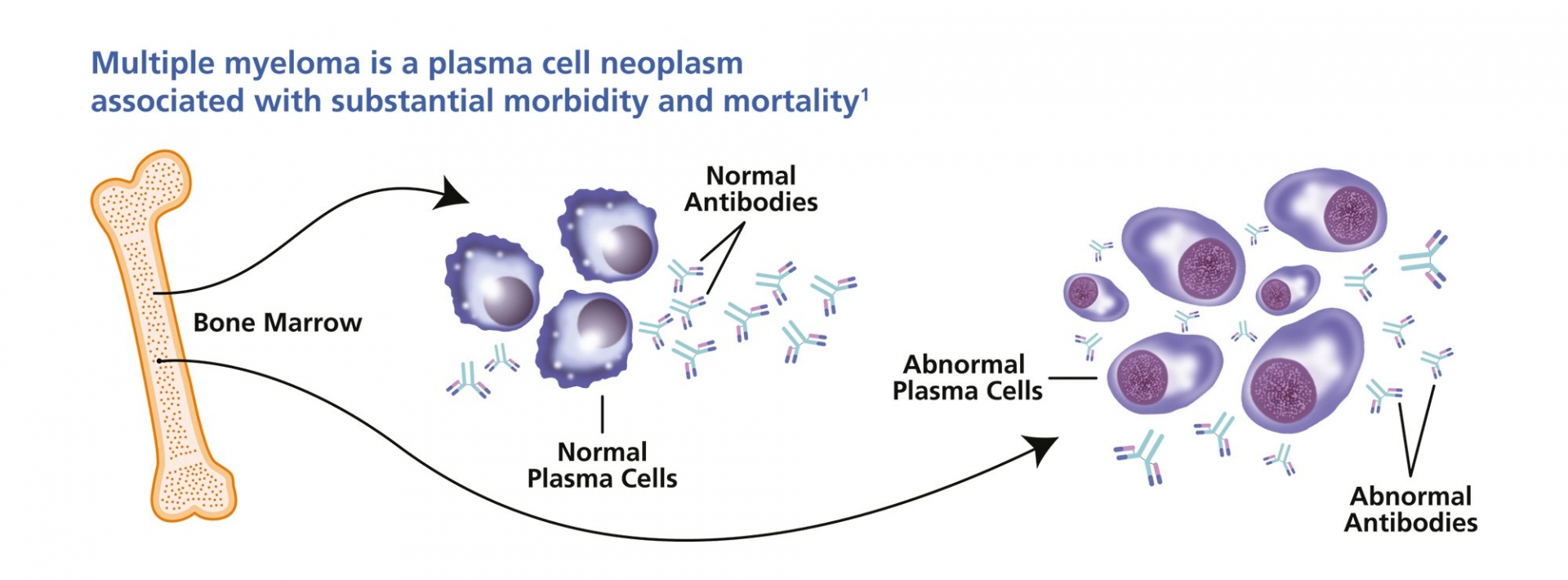 |
| Multiple myeloma is a rare type of cancer that affects the bone marrow and alters your blood’s plasma cells. Photo: Oncopeptides |
What is multiple myeloma?
Multiple myeloma is a rare type of cancer that affects the bone marrow and alters your blood’s plasma cells. Plasma cells are a type of white blood cell and are responsible for recognizing foreign infections and making antibodies to fight them, according to Healthline.
Plasma cells live in your bone marrow, the soft tissue that fills hollow bones. In addition to plasma cells, bone marrow is also responsible for producing other healthy blood cells.
Multiple myeloma leads to an accumulation of cancer cells in your bone marrow. Eventually, the cancer cells overtake healthy blood cells, and your body becomes unable to produce disease-fighting antibodies. Instead, it creates harmful proteins that damage your kidneys and cause other signs and symptoms.
Knowing the most common signs and symptoms of multiple myeloma may help you detect it before it becomes advanced. Make an appointment with your doctor if you notice any of the potential warning signs.
Multiple myeloma: Signs and Symptoms
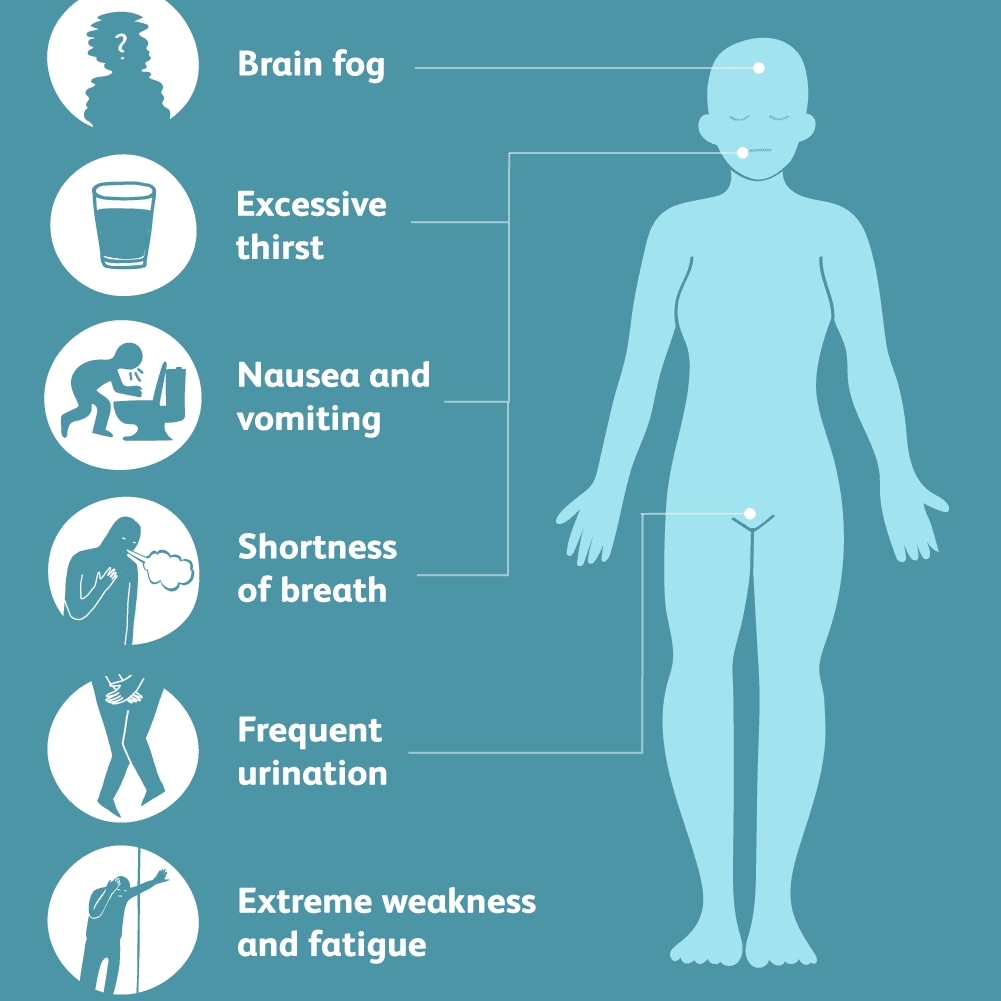 |
| Photo: Verywell Health |
Signs and symptoms of multiple myeloma aren’t always easy to detect. You may not experience any of the symptoms during cancer’s earliest phases. As the cancer advances, symptoms vary greatly. One person’s experience can be completely different from another’s.
Fatigue. Healthy cells allow your body to fight invading germs easily. As myeloma cells replace bone marrow, your body has to work much harder with fewer disease-fighting cells, and you tire more easily.
Bone problems. Myeloma can prevent your body from making new bone cells, causing problems like bone pain, weakened bones, and broken bones.
Kidney problems. Myeloma cells produce harmful proteins that can cause kidney damage and even failure.
Low blood counts. Myeloma cells crowd out healthy blood cells, leading to low red blood counts (anemia) and low white blood cells (leukopenia). Unhealthy blood cell levels make it harder to fight infections.
Frequent infections. Fewer antibodies in your blood make fighting infections more difficult.
Other common signs and symptoms of multiple myeloma include:
· nausea
· weight loss
· constipation
· loss of appetite
· weakness or loss of feeling in your legs
· swelling in your legs
· increased thirst
· frequent urination
· dizziness
· confusion
· pain, especially in your back or belly
Multiple myeloma: Causes
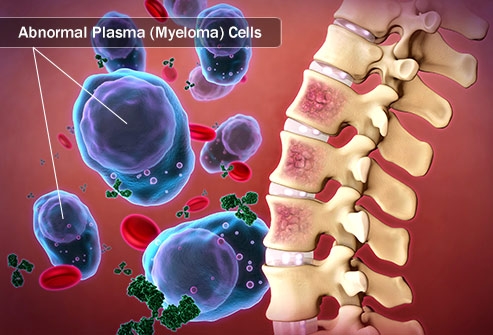 |
| Photo: WebMD |
It's not clear what causes myeloma.
Doctors know that myeloma begins with one abnormal plasma cell in your bone marrow — the soft, blood-producing tissue that fills in the center of most of your bones. The abnormal cell multiplies rapidly, said Mayo Clinic.
Because cancer cells don't mature and then die as normal cells do, they accumulate, eventually overwhelming the production of healthy cells. In the bone marrow, myeloma cells crowd out healthy blood cells, leading to fatigue and an inability to fight infections.
The myeloma cells continue trying to produce antibodies, as healthy plasma cells do, but the myeloma cells produce abnormal antibodies that the body can't use. Instead, the abnormal antibodies (monoclonal proteins, or M proteins) build up in the body and cause problems such as damage to the kidneys. Cancer cells can also cause damage to the bones that increases the risk of broken bones.
Multiple myeloma: Diagnosis
Sometimes multiple myeloma is diagnosed when your doctor detects it accidentally during a blood test for some other condition. It can also be diagnosed if your doctor suspects you could have multiple myeloma based on your signs and symptoms.
Tests and procedures used to diagnose multiple myeloma include:
· Blood tests. Laboratory analysis of your blood may reveal the M proteins produced by myeloma cells. Another abnormal protein produced by myeloma cells — called beta-2-microglobulin — may be detected in your blood and give your doctor clues about the aggressiveness of your myeloma.
Additionally, blood tests to examine your kidney function, blood cell counts, calcium levels and uric acid levels can give your doctor clues about your diagnosis.
· Urine tests. Analysis of your urine may show M proteins, which are referred to as Bence Jones proteins when they're detected in urine.
· Examination of your bone marrow. Your doctor may remove a sample of bone marrow for laboratory testing. The sample is collected with a long needle inserted into a bone (bone marrow aspiration and biopsy).
In the lab, the sample is examined for myeloma cells. Specialized tests, such as fluorescence in situ hybridization (FISH) can analyze myeloma cells to identify gene mutations.
· Imaging tests. Imaging tests may be recommended to detect bone problems associated with multiple myeloma. Tests may include an X-ray, MRI, CT or positron emission tomography (PET).
Multiple myeloma: Treatment
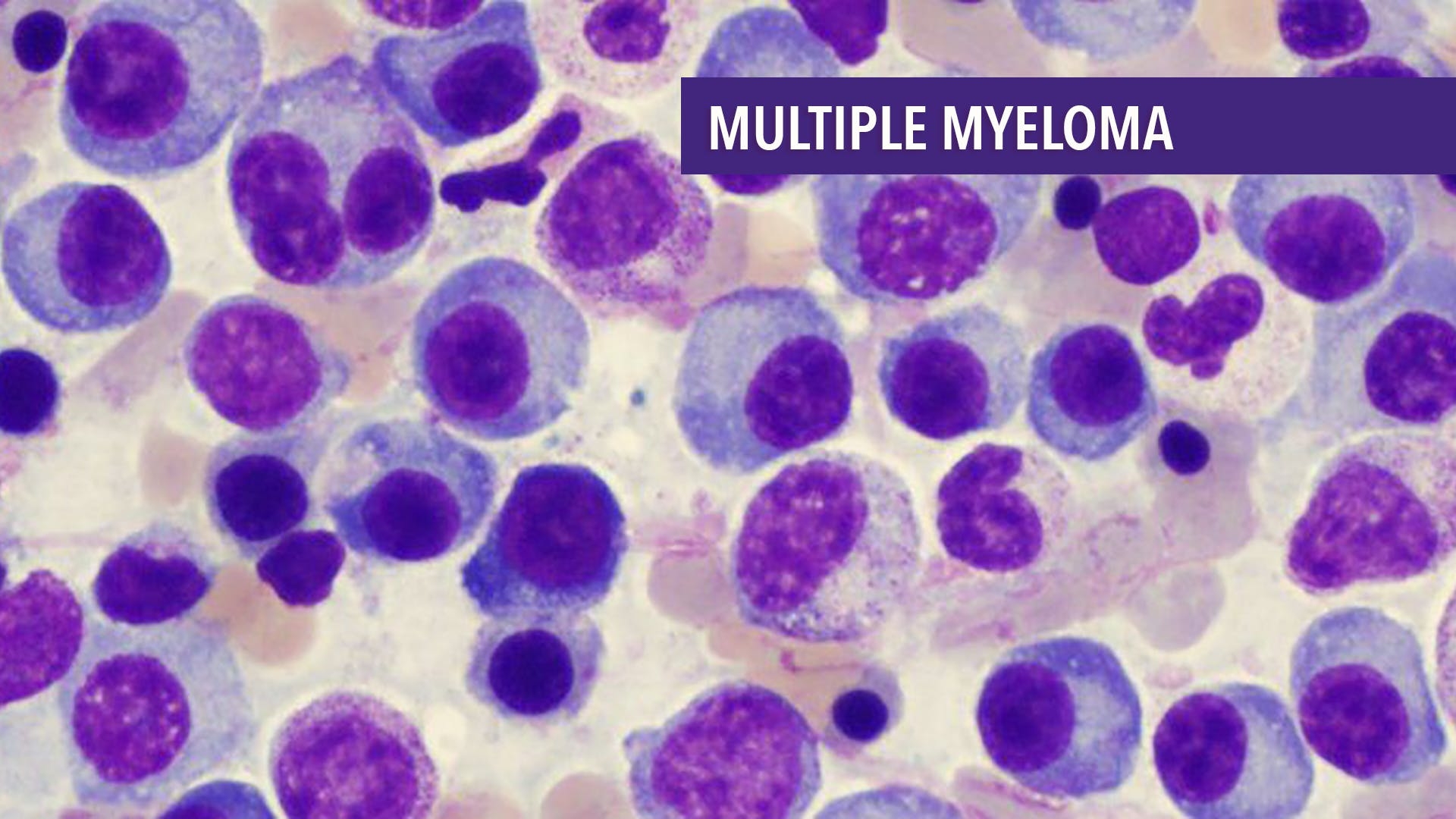 |
| Photo: Cancer Connect |
If you're experiencing symptoms, treatment can help relieve pain, control complications of the disease, stabilize your condition and slow the progress of multiple myeloma.
Immediate treatment may not be necessary
If you have multiple myeloma but aren't experiencing any symptoms (also known as smoldering multiple myeloma), you might not need treatment right away. Immediate treatment may not be necessary for multiple myeloma that is slow-growing and at an early stage. However, your doctor will regularly monitor your condition for signs that the disease is progressing. This may involve periodic blood and urine tests.
If you develop signs and symptoms or your multiple myeloma shows signs of progression, you and your doctor may decide to begin treatment.
Treatments for myeloma
Standard treatment options include:
· Targeted therapy. Targeted drug treatments focus on specific weaknesses present within cancer cells. By blocking these abnormalities, targeted drug treatments can cause cancer cells to die.
· Immunotherapy. Immunotherapy uses your immune system to fight cancer. Your body's disease-fighting immune system may not attack your cancer because the cancer cells produce proteins that help them hide from the immune system cells. Immunotherapy works by interfering with that process.
· Chemotherapy. Chemotherapy uses drugs to kill cancer cells. The drugs kill fast-growing cells, including myeloma cells. High doses of chemotherapy drugs are used before a bone marrow transplant.
· Corticosteroids. Corticosteroid medications regulate the immune system to control inflammation in the body. They are also active against myeloma cells.
· Bone marrow transplant. A bone marrow transplant, also known as a stem cell transplant, is a procedure to replace your diseased bone marrow with healthy bone marrow.
Before a bone marrow transplant, blood-forming stem cells are collected from your blood. You then receive high doses of chemotherapy to destroy your diseased bone marrow. Then your stem cells are infused into your body, where they travel to your bones and begin rebuilding your bone marrow.
· Radiation therapy. Radiation therapy uses high-powered energy beams from sources such as X-rays and protons to kill cancer cells. It may be used to quickly shrink myeloma cells in a specific area — for instance, when a collection of abnormal plasma cells form a tumor (plasmacytoma) that's causing pain or destroying a bone.
| Clinical trials and research Research is ongoing to find new treatments for multiple myeloma and work out ways to improve the use of existing ones. To help with this, you may be asked to take part in a clinical trial during your treatment, NHS cited. Clinical trials usually involve comparing a new treatment with an existing one to see whether the new treatment is more or less effective. It's important to remember that if you are given a new treatment, there's no guarantee it will be more effective than an existing treatment. There will never be any pressure for you to take part in a trial if you don't want to. |
 Canavan Disease: Symptoms, Causes, Diagnosis and Treatment Canavan Disease: Symptoms, Causes, Diagnosis and Treatment Canavan disease is a hereditary condition that prevents the brain’s nerve cells (neurons) from properly sending and receiving information. What Is Canavan Disease and How ... |
 22q11.2 Deletion Syndrome: Symptoms, Causes, Diagnosis, Treatment 22q11.2 Deletion Syndrome: Symptoms, Causes, Diagnosis, Treatment The 29-second video with hashtag #HeyJustin released by 24-year-old Justin Gigliotti has gone viral over the past few days. Gigliotti made the clip with the ... |
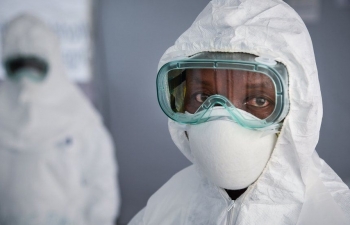 Ebola Outbreak 2021 in Africa: Origin, Causes and Treatment of Disease Ebola Outbreak 2021 in Africa: Origin, Causes and Treatment of Disease For more than a year the world has been in turmoil because of the covid epidemic, now the Ebola outbreak in Africa continues to threaten ... |


























